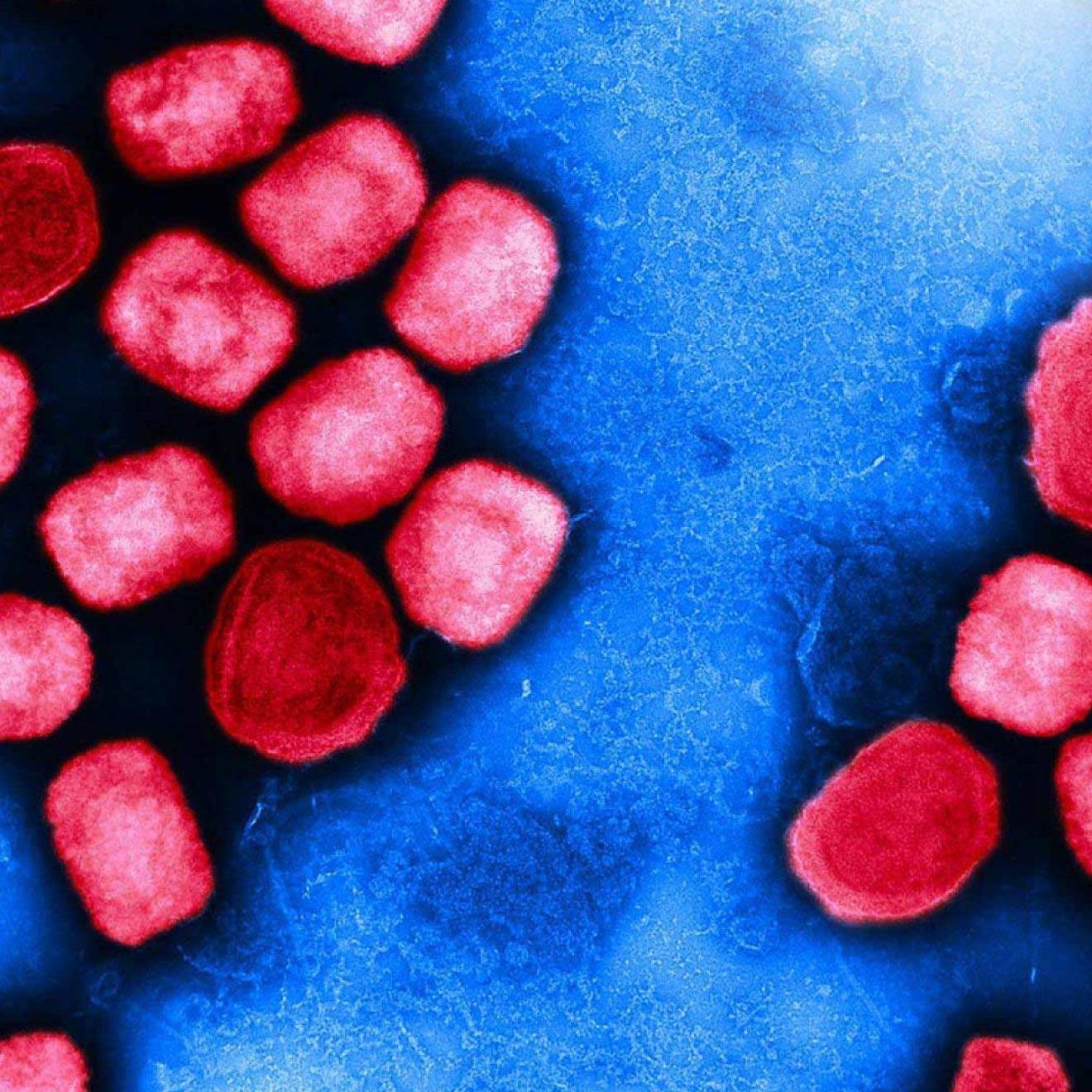Juliana Bunim, UC San Francisco
Despite its potentially harmful effects in children, codeine continues to be prescribed in U.S. emergency rooms, according to new research from UCSF Benioff Children’s Hospital San Francisco.
As reported in the May issue of Pediatrics, solutions include changing provider prescription behaviors to promote the use of better alternatives to codeine, such as ibuprofen or hydrocodone.
“Despite strong evidence against the use of codeine in children, the drug continues to be prescribed to large numbers of them each year,” said Sunitha Kaiser, M.D., UCSF assistant clinical professor of pediatrics at UCSF Benioff Children’s Hospital San Francisco and lead author. “It can be prescribed in any clinical setting, so it is important to decrease codeine prescription to children in other settings such as clinics and hospitals, in addition to emergency rooms.”
Codeine is an opioid used to treat mild to moderate pain and suppress cough. Because of variability in how children process the drug, about a third receive no symptom relief from taking it, while up to one in 12 can accumulate toxic amounts causing breathing to slow down and possible death.
As a result, several national and international organizations advise against codeine use in children. Guidelines from the American Academy of Pediatrics (AAP) issued in 1997 and reaffirmed in 2006 warn of its potential dangers and lack of documented effectiveness in children with coughs and colds, and the American College of Chest Physicians 2006 guideline on treatment of pediatric cough also advises against the drug.
Until now it was unknown to what extent codeine was being prescribed to children in U.S. emergency rooms, where it can be prescribed for common complaints such as painful injuries and coughs and colds.
To gain insight, Kaiser and her colleagues used the National Hospital and Ambulatory Medical Care Survey, done by the National Center for Health Statistics, to determine the frequency of codeine prescriptions to children ages 3-17 during U.S. emergency room visits from 2001-10.
The UCSF researchers found the rates of codeine prescriptions decreased from 3.7 percent to 2.9 percent during the 10-year period. However, a substantial number of children still were being prescribed the drug, from 559,000 to 877,000 prescriptions a year.
They also saw no decline in codeine prescriptions associated with the 2006 professional recommendations.
Based on the findings, codeine prescriptions were higher in children ages 8-12 and in regions outside the Northeast, and lower for non-Hispanic black children or those with Medicaid. “Further research is needed to determine the reasons for these lower rates so we can reduce codeine prescriptions to all children,” Kaiser said.
“Many children are at risk of not getting any benefit from codeine, and we know there are safer, more effective alternatives available,” Kaiser said. “A small portion of children are at risk of fatal toxicity from codeine, mainly in situations that make them more vulnerable to the effects of high drug levels such as after a tonsillectomy.”
According to Kaiser, ibuprofen is equal to better than codeine for treating injury pain, and hydrocodone is also a safer, more effective opiate alternative. Dark honey has been shown to be better than over-the-counter medicines for cough, and the AAP recommends it for children over age 1.
Changing codeine prescribing patterns is another option. Removing codeine from hospital formularies or electronic medical record-based decision support for health care providers also can be beneficial, as can changing insurance plan reimbursement policies.
Additional contributors to the Pediatrics study were UCSF faculty Michael Cabana, M.D., MPH, chief of general pediatrics, professor of pediatrics, epidemiology and biostatistics, and core faculty member of the UCSF Philip R. Lee Institute for Health Policy Studies (IHPS); Glenn Rosenbluth, M.D., associate clinical professor of pediatrics; Naomi Bardach, M.D., MAS, assistant professor of pediatrics; Eric Vittinghoff, Ph.D., adjunct professor of epidemiology and biostatistics; and Renee Asteria-Penaloza, MPH, of IHPS. The work was supported by an award from the National Institute for Children’s Health and Human Development.

